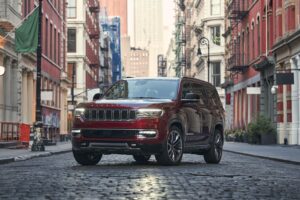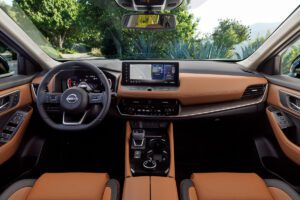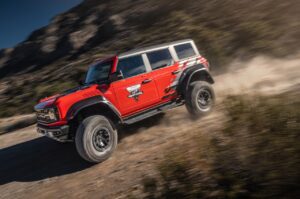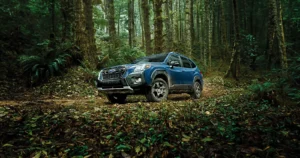Every car needs a forward warning collision system like the 2025 Subaru Forester
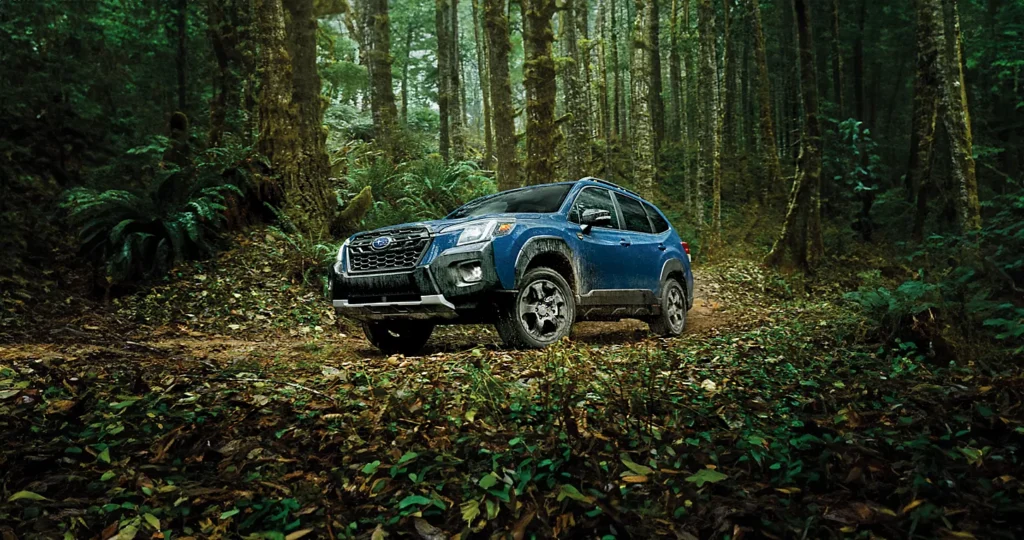
Not all technology in cars is the same. A good example of this is the forward collision warning system in the 2025 Subaru Forester. The car looks different than previous models, but I am mostly thankful for how this particular technology works.
One reason is that we need all the help we can get. Roadways in the U.S. are getting frantic and nerve-racking as people are looking at their phones, driving like they have been on social media too much, and in general more populated in my area than ever before. There are a lot of cars, and a lot of bad drivers.
In the new Forester, the forward collision warning system alerts you about all the craziness happening around you and several times during my week-long test I benefited greatly from the vehicle letting me know another car was getting too close to me. You feel a slight panic, but it is a good panic — something is beeping at me and lights are appearing. Oh, right — it’s because someone is braking suddenly. Too suddenly. Because this happened so often during my test, I started to miss how it all works after the test period because not every car I test warns me like this.
Granted, some of this is related to the setting. Subaru offers a Far, Normal, and Near option to customize how the alerts work. In the Near mode, you won’t get pinged as soon, which might be helpful in cases where you are always in a traffic jam. Yes, you can see there’s a car slowly down in front of you — got it, no need for a chime. By using Near, you can stop getting the alerts so often. Near means you are okay not getting notified as often.
With the Far mode enabled, you can benefit from more frequent and earlier warnings. You might use this setting if you are like me and drive on country roads a lot and not in traffic jams too often. If you ever do get an alert, you want it to be more sensitive and alert you sooner.
As you might expect, Normal is a compromise between those two. I actually left the setting in Far most of the time so that I was alerted more often.
I have not seen these three options in other cars as often, and if they are offered, they don’t quite work the same or in a helpful way like the Forester. Thai is where a week-long test really helps. It is one thing to get an alert once or twice, but when you get 5-6 in one test, you know the tech is working overtime to make sure you are not getting into any mishaps. This was just in normal driving conditions, too. Not anything dangerous or unusual.
It’s worth mentioning, too, that these alerts are not tied to the actual forward collision braking feature, which will intervene when you fail to start braking and help reduce the likelihood of a crash. I never had to experience that during my test period, thankfully.
Overall, I felt safer and well-informed in the Forester during my tests — the alerts did not get annoying or too frequent. On one trip to a major city, I did decide to lower the setting and didn’t hear as many beeps. The fact that you have control over the setting is a nice perk. It’s just another example of why I like what Subaru is doing to keep drivers safe.

